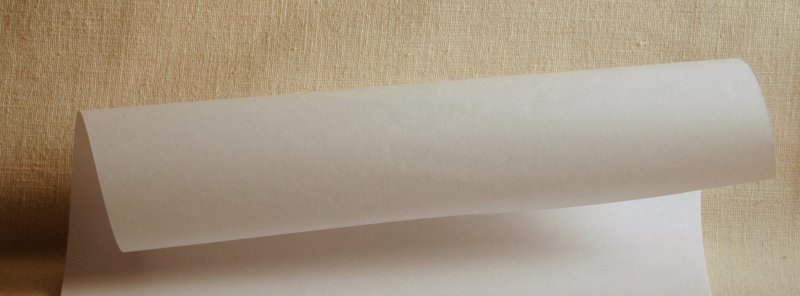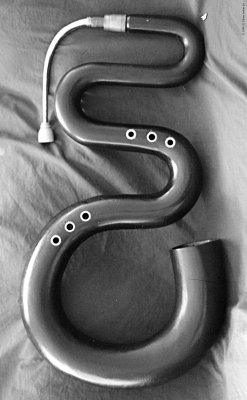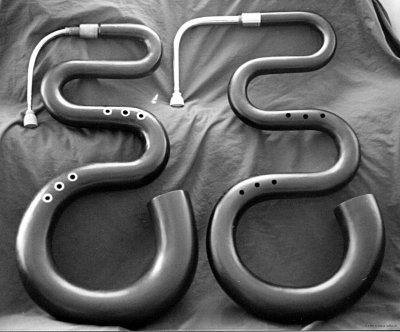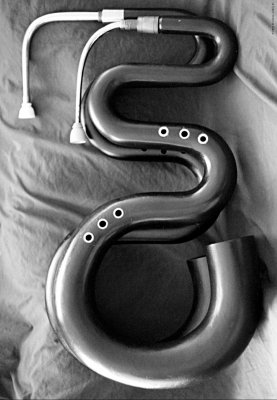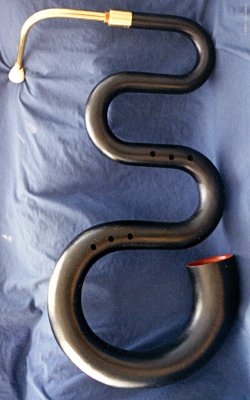
bout the Serpent
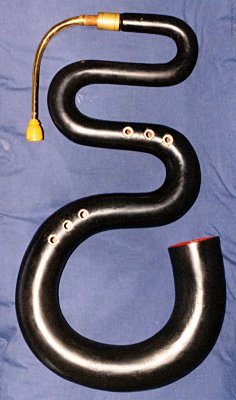 The serpent is a larger version of the cornetto, measuring approximately three feet tall and two feet wide.
It is constructed from two halves of wood that are glued together and then wrapped in leather, just like a cornetto.
Unlike the cornetto it has a round external cross section.
It also features a bocal into which a mouthpiece is attached.
The serpent is a larger version of the cornetto, measuring approximately three feet tall and two feet wide.
It is constructed from two halves of wood that are glued together and then wrapped in leather, just like a cornetto.
Unlike the cornetto it has a round external cross section.
It also features a bocal into which a mouthpiece is attached.
The serpent is named after its winding shape. However, its form is more than fanciful, it allows a performer to reach the fingerholes without the need of keys. This is a small concession from an instrument that is hardly ergonomic.
Serpents were invented in the sixteenth century. However, they were not widely used like the cornetto. They were most commonly employed in liturgical settings to accompany the bass line in choral music and plainchant. Serpents continued to be used to accompany plainsong into the nineteenth century.
The Baroque era was dominated by strings and solo instruments, of which the serpent was neither. However, in the eighteenth century serpents found a home in military bands. Metal stays were added to the serpent to allow it to stand up to the strains and stresses of military use. Instruments with such stays are commonly called military serpents, and the older instrument are named church serpents. They were replaced by the bass tuba during the middle of the nineteenth century.
In the late eighteenth century the shape of the serpent was modified to resemble other instruments. One version took the form of a bassoon, and was called an ophibaryton or russian bassoon. This was later developed into the basshorn. Another version adopted the shape of a tuba. Serpents occasionally found themselves employed in the expanding orchestras of the romantic era. They are use in Rossini's Le Siege de Corinthe, Mendelssohn's Paulus, Wagner's Rienzi, and Verdi's Sicilian Vespers.
In the twentieth century there was a resurgence in interest in the serpent. This was largely due to the work of Christopher Monk, who not only played the serpent, but created a workshop to manufacture them. He created a smaller version of the serpent called the worm. He has also produced a larger version dubbed the anaconda.
Thanks to D. Glenn Arthur Jr. for supplying us with the photographs of the serpents pictured on this page. Visit his home page at www.dglenn.org


Page Design Copyright 2010 Michael Berger
Clip Art Copyright 2002 Dover Publications
